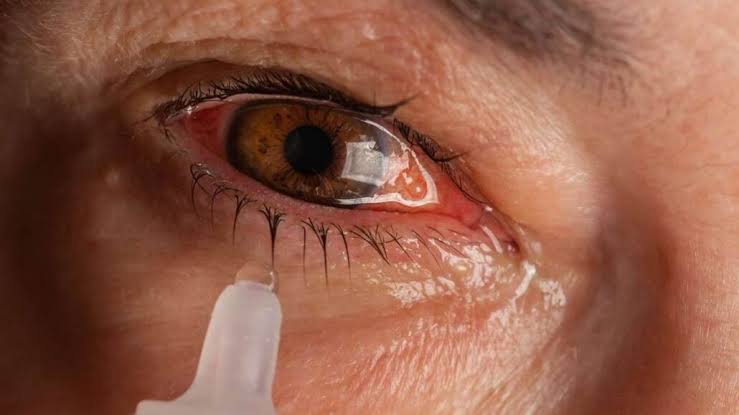Fitness tips for young athletes: Dos and don’ts to prevent sports injuries, health Tips
Sports injuries are common in the knee and shoulder followed by remaining joints. Here’s all you need to know about the common sports injuries, their treatments and some dos and don’ts to prevent them among young athletes

As young athletes compete year-round, it seems new injuries are always appearing and while the aim is to prevent them, it is still good to know what injuries are the most common. Among athletes, sports injuries are common in the knee and shoulder followed by remaining joints.
In an interview with HT Lifestyle, Dr Sharif Dudekula, Consultant Arthroscopic Surgeon and Sports Medicine Specialist at Medicover Hospital in Navi Mumbai, explained, “Sports injuries are classified into three types acute, overuse and the last one is chronic sports injuries.”
Common sports injuries:
Dr Sharif Dudekula revealed that the most common sports injuries include –
1. Sprain of a ligament that connects the two bones,
2. Strain of tendon which is muscle insertion on the bone
3. Knee injuries, most commonly the anterior cruciate ligament and menisci are affected
4. Shoulder injuries, most commonly rotator cuff tears and anterior dislocation of the shoulder
5. Tennis elbow/golfer elbow
6. Followed by fractures, concussions, plantar fasciitis, etc.
7. Knee Injury
He added, “After an injury to the knee if there is an anterior cruciate ligament injury (ACL) injury the patient presented with pain, swelling appearing immediately after injury, an inability to bear weight, and stiffness of the joint. In the case of meniscal injury, all symptoms are the same except the swelling which appears after some time of injury.”
Treatment
Dr Sharif Dudekula advised, “In acute conditions go for ice pack application, knee immobiliser, adequate pain killers and active physiotherapy once the pain subsides. In chronic complete ACL injury patient presented with instability of the knee and difficulty in the use of stairs. Then the patient needs ACL reconstruction, for meniscal injuries for acute conditions same as ACL injury. Chronic conditions patients may need meniscectomy or meniscal repair depending on the status of the menisci.”
Talking about shoulder injury, he said, “If there is a rotator cuff injury the patient usually presented with pain, swelling, and inability to lift the hand. If there is a shoulder dislocation, along with the above symptoms there is a deformity of the limb (attitude) in flexion abduction and external rotation (Anterior dislocation) and the patient holds his forearm with another hand for support while presenting to the doctor”
Hence, he suggested, “Treatment for shoulder injuries depends upon which type of injury occurred. In acute conditions go for rest, ice pack application, adequate pain killers, arm pouch sling for temporary stabilisation, and once the pain subsides go for rotator cuff strengthening and shoulder ROM exercises.
For acute dislocation go for closed reduction of joint and 2 to 3 weeks of rest in shoulder immobiliser followed by gradual range of motion of the shoulder. For chronic rotator cuff injuries with significant symptoms go for rotator cuff repair and chronic recurrent dislocations will go for Bankert’s repair or remplissage procedure.”
Highlighting that sprain and strain are usually presented with pain, swelling and inability to bear weight if the injury to the lower limb, Dr Sharif Dudekula shared, “These are usually treated with rest, ice application, compression and limb elevation and followed by adequate physiotherapy
Dos:
After an injury, Dr Sharif Dudekula recommended you should take care of your limb with adequate rest, ice pack application. He advised –
1. Brace or splintage to limb.
2. Limb elevation to decrease the swelling.
3. Should go for adequate rehabilitation once the injury heals.
4. Take TT injection if there is an open fracture.
Don’ts:
According to Dr Sharif Dudekula, an injured person should avoid –
1. Hot water fomentation,
2. Massage at the injury site
3. Avoid sports activity till recovery
4. Don’t immobilise the joint for a long duration, start range of motion immediately once the pain is relieved
Preventive tips:
To prevent sport injuries, Dr Sharif Dudekula recommended:
1. Cutting the intensity, frequency and duration of the sport activity
2. Sports persons, athletes, and the persons who are indulging in sports activity – do the activities under the proper guidance of experts, physiotherapists, or trained persons
3. Drink enough water to maintain hydration depending upon sports activity and temperature
4. Take adequate and proper nutrition for performance
5. Do the sports activity or exercise with proper equipment
6. Take proper muscle strengthening training
7. Always go for adequate warm-up, and stretching before the activity or exercise followed by warm-down and stretching after the activity or exercise.



